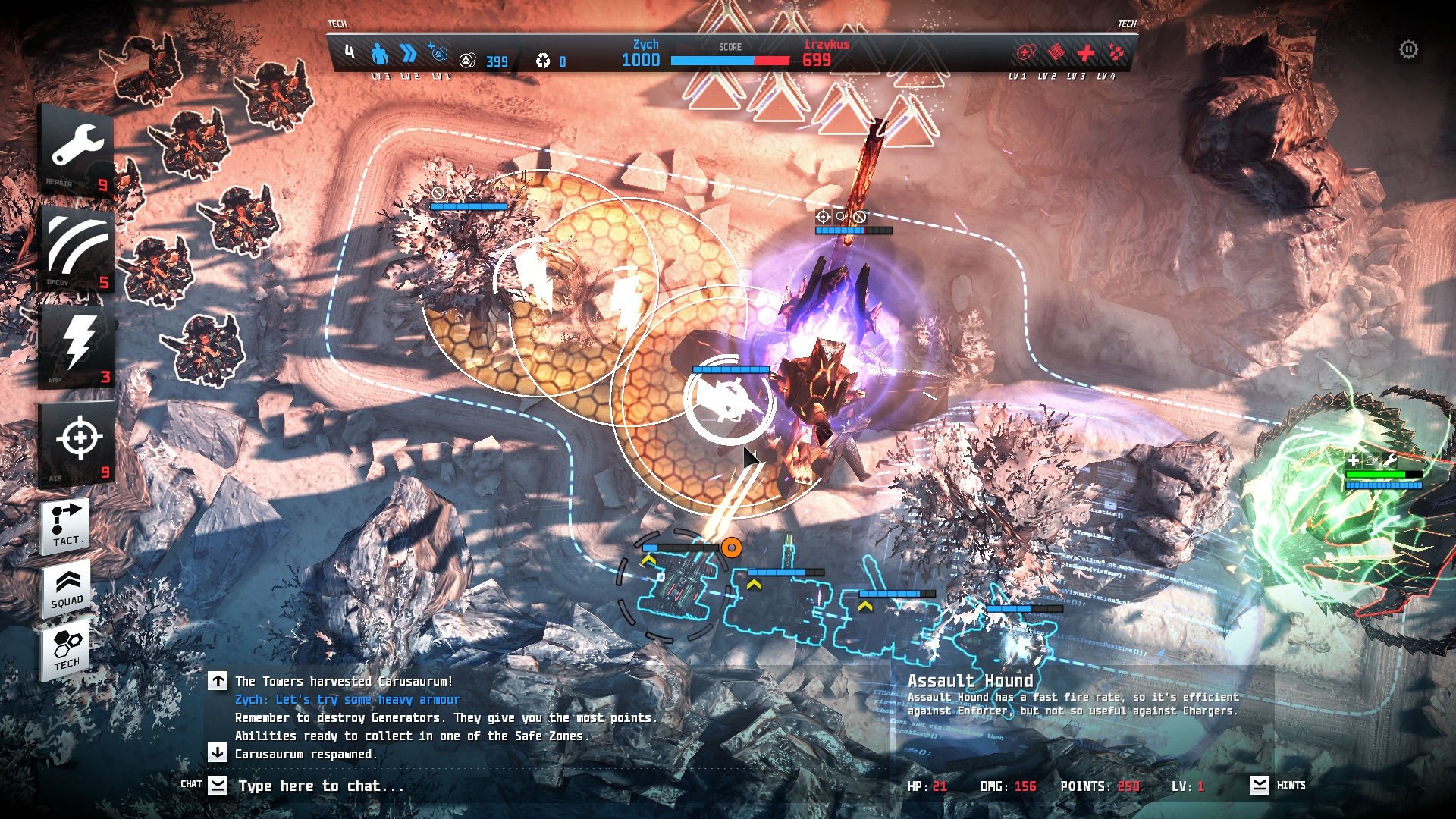

This structure, located at the eastern border of the belt, corresponds to the famous Ivrea gravity anomaly ( Niggli 1946 Coron 1963). 1998) and the characteristics of the Ivrea Body.

The structural interpretations have focused on defining the geometry of the Moho ( Waldhauser et al. Since the early 1960s, detailed gravity profiles across this belt have been used to define 2-D models that have become more and more detailed as the geometrical resolution improves because of new reflection-refraction seismic surveys ( Morelli 1963 Berckhemer 1968 Ménard & Thouvenot 19). In the western Alps, gravity interpretation has often been a fruitful complementary tool for seismic methods in studies of the deep structure of this orogenic belt. The main features of our model compared with the LET model are: (1) an important broadening of the high-velocity anomaly associated with the high-velocity high-density Ivrea Body, (2) a 10 km thick low-velocity zone beneath the nappes of Digne and Castellane and (3) a high-velocity zone at more than 25 km depth under the internal zone of the range.Īlps, gravity anomalies, inverse problem, p waves, tomography 1 Introduction Moreover, the sequential model explained ∼90 per cent of the observed gravity anomaly. The variance reduction of the arrival time data for the final sequential model was comparable to the variance reduction obtained by simple LET. To derive a crustal velocity-density model that accounts for both types of observations, we performed a sequential inversion of seismological and gravity data. While the synthetic Bouguer anomaly field calculated for this model has the same shape and wavelength as the observed anomaly, its amplitude is strongly underestimated. A published velocity model obtained by local earthquake tomography (LET), was used to construct an initial 3-D gravity model, using a linear velocity-density relationship (Birch's law).
Gravity data result from the addition of two new gravity surveys to an existing data base. A set of ∼550 local events has been recorded. Seismological data were collected by a network of 126 permanent and temporary stations implemented in 1996. We present a joint analysis of gravity anomaly and seismic arrival time data recorded in the western Alps.


 0 kommentar(er)
0 kommentar(er)
